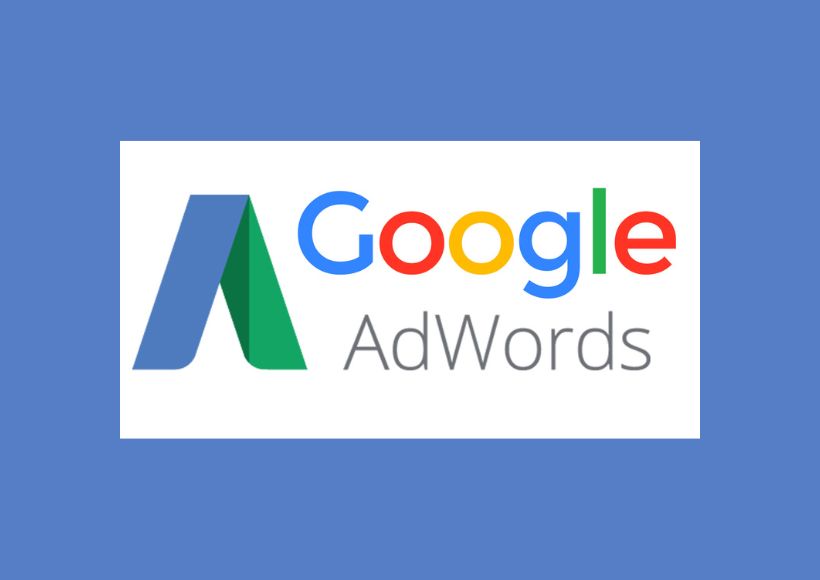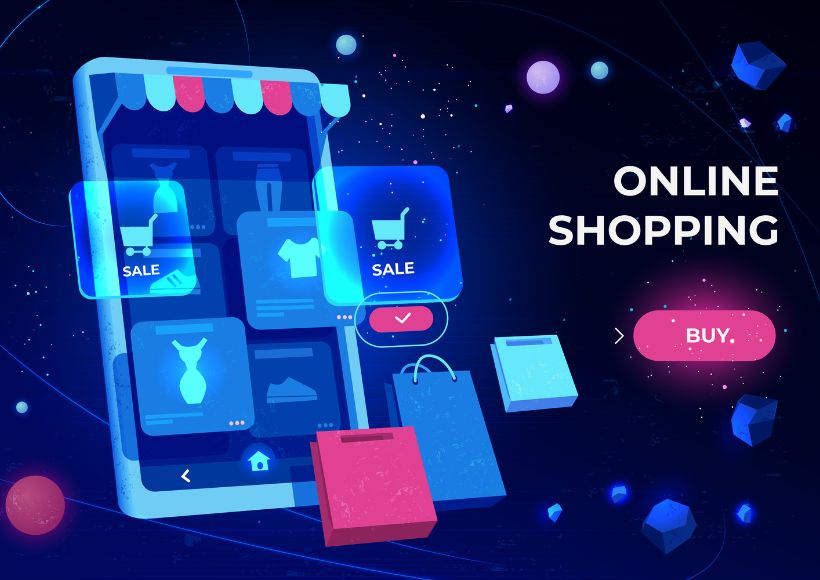Content Marketing

“Content marketing” is in the limelight. I think many companies think that they should work in earnest. Content marketing covers a wide range of strategies and methods, so it is recommended that you learn about many cases and collect information before making a plan for your company. Here, we will introduce the introduction method from the basic idea of content marketing.
What Is Content Marketing?
Defines content marketing as “marketing that gains trust, empathy, and willingness to buy by providing the information (content) that consumers/customers want at the timing they want.” Simply creating and distributing content is “content creation,” not marketing. While outbound marketing such as TVCM and advertising widely disseminates “information that companies want to convey” to “consumers”, content marketing that belongs to inbound marketing is “information that consumers want”. It is “transmitted at the timing that consumers want”. Content includes text and images, videos, white papers, etc. The critical point is when to deliver it to which customer.
Background To The Buzzword Of Content Marketing
One of the main reasons why the word content marketing has become a buzzword these days is that marketing has shifted from seller-led to buyer-led. Eighty-one per cent of consumers do online research before shopping. And it is said that 60% of people at the research stage start from search engines. Also, in B2B transactions, 92% do online research before closing, and 60% seem to make decisions before contacting the supplier. In other words, even if you prepare high-quality content, if you do not make contact at the information gathering stage, such as search behavior, you will lose a lot of opportunities. This trend will continue to grow, and non-face-to-face marketing measures will play a significant role. In recent content marketing that supports consumer-led “net research,” it may be said to be an “essential measure.”
Traditional Marketing Methods Are Over-Competitive
Let’s look at another background that has brought content marketing into the limelight. With the spread of search engines, there has been a shift from mass advertising to SEM (SEO / listing advertising) for actual customers, which is immediately effective. However, competition in that market will gradually intensify. With SEOs becoming more difficult to rank high, listing ads have seen soaring cost-per-click (CPC), and SEMs have had to reassess their cost-effectiveness just like mass ads. Therefore, we have found a new marketing area in content marketing that more potential customers can approach.
“Content Marketing” Is One Of The Ways To Get Rid Of These Marketing Industries.
As I mentioned earlier, content marketing is a “consumer-driven” marketing method for “potential customers.” Therefore, it is recommended to work with the following consciousness because the content that carries out PR, such as push selling, feels strange.
Create “useful” content for consumers
It is essential to think about the person from your products and create valuable content.
Deliver when you want
Consider timing channels depending on the content. Search engine-based content that answers
Email or social content that builds relationships with customers is what users are looking for or worried about. In this way, it is necessary to design distribution and contact according to the psychology of consumers.
Training & data analysis
It is necessary to understand how many potential customers there are and what kind of thinking/phase each has and adjust the delivery method/timing. For example, a customer who does not open or click at all even if an email is delivered and a customer who browses a Web page multiple times, even if both customers are shown the same content, it is difficult to conclude a contract to sympathize with them. I can’t get it. It is essential to create scenarios based on this idea and distribute content strategically, which will lead to future sales.
How To Practice Content Marketing
(1) Goal Setting
To what extent are the means (actions) to achieve the corporate goals carried out? “KGI” and “KPI” are indicators to measure them quantitatively. “KGI” quantitatively expresses whether or not the purpose of the process has been achieved. On the other hand, “KPI” is a quantitative numerical value of the performance of the process to check the execution status of the process. Typical examples of “KGI” are “sales,” “profit margin,” and “number of contracts.” In other words, it can be said that “KGI” can grasp whether the process is being appropriately implemented toward the achievement of the corporate goal, and “KPI” is to measure it in the middle.
KPIs in content marketing include the number of contents, PV, the number of shares on social media, and the number of inflows of this site. And inflow keywords are often defined. However, the goal is not to increase this KPI but to see if it leads to business growth and expansion.
(2) Person Setting
Once you have set your goals, you need to decide who and what information to send. Be sure to select the person and then create a customer journey map that matches the behavioral changes of the person. By clearly defining what content will be delivered to which person at what timing, customers will be able to sympathize with it and notice good relationships without excessive production or delivery.
(3) Content Design
Let’s design the content according to the customer journey map created in (2). It is essential to encourage customers to change their attitude to the next stage. Try to communicate in a way that gradually deepens the relationship, not something that leads to a contract at once. Then create a content calendar (production schedule).
(5) Production / Release
Once the schedule is decided, we will move on to production. Even at the production stage, determine who to deliver the content to and how to deliver it in what format (web page, PDF, video, etc.) (email, social, website, etc.) and publish it. It also requires knowledge of marketing and public relations, so don’t forget to balance and coordinate with the project members involved in content marketing.
(6) Analysis & PDCA
Use the measurement tool to measure the degree of achievement of the goal set in (1) and correct the trajectory of the following content measure.
Learn And Learn About Successful Cases
Creating content at a cost and time is not enough to publish it. As mentioned above, it is essential to set the purpose and target, formulate a strategy, and deliver the content to the target. To do this, you need to learn how to practice content marketing and be successful in your company.
Also Read: How To Start A Business Without Money From Scratch – Ways




